Clear Title of Arizona is pleased to provide its clients with the Clear Connections Monthly Market Update. This report will provide you with the latest real estate trends.
Our business is built around the concept of educating and providing the personal service that Real Estate Agents and Lenders have come to depend upon. We want to provide accurate data to our clients, associates and friends. It is intended to keep you informed on critical market trends that affect our businesses.
SINGLE FAMILY HOME

In May 2017, single family home sales increased year over year in three sectors, with new homes gaining market share once again. Investor flips grew at a faster rate than normal re-sales, but new homes were the runaway success story once again:
- New homes (up 24%)
- Normal re-sales (up 12%)
- Investor flips (up 18%)
Because of lower distress levels, single family home sales decreased year over year in the remaining sectors:
- GSE – Fannie Mae, Freddie Mac, etc. (down 30%)
- Bank owned homes (down 27%)
- Third party purchases at trustee sales (down 30%)
- Short sales / pre-foreclosures (down 11%)
- HUD homes (down 56%)
Due to rising prices, the change in total dollars spent on homes was more favorable than the change in the unit count.
- Total dollars spent on single family homes rose by 21% over May 2016.
- Total dollars spent on townhouses & condos rose by 33% over May 2016.
During May, average single family pricing moved higher, reading $313,998, up from $309,278 last month and up 7.7% from $291,546 in May 2016. Average new single family home prices during May were 6.0% higher than last year at $374,236.
MEDIAN SALES PRICE

The median sales price rose 6.3% from $240,000 in May 2016 to $255,000 in May 2017.
NEW HOME SALES
May was yet another very strong month for new home closing. Newly-built single family homes saw 1,506 closings in May, up 27% from 1,211 in May 2016. The total dollar value of single family new homes closed in May was up 27% from $428 million in 2016 to $564 million in 2017.
The average sq. ft. of a new single family home in May was 2,418, down 2.3% from 2,475 in May 2016. More builders are starting to offer options at entry pricing levels, although many of these are a long way from the center of the valley. The average sq. ft. of a non-distressed resale was 2,062, so new single family homes are 17% larger on average than the existing homes that sold. This is the smallest gap we have seen for many years.
The share (in dollars) for new homes in the single-family market has moved up from 15.5% in May 2016 to 16.9% in May 2017.
DEMAND

Total single family, townhouse & condo sales were up over 13% in May from a year earlier. Single family sales rose less than 12% and townhouse / condo sales rose almost 20% compared to May 2016. There was one more working day in May 2017 than May 2016, which gives May 2017 a natural 5% advantage.
Single family homes priced over $500,000 took 26% dollar market share, up from 23% last year. There was a 40% increase in unit sales over $500,000 but average pricing fell by 2%. Entry level single family homes under $200,000 lost market share from 18% to 14%, primarily due to low supply. The mid range between $200,000 and $500,000 has robust demand and reasonable supply and grew market share from 59% to 60%.

Numbers reflect single family homes only.
AVERAGE PRICE PER SQUARE FOOT

Average price per sq. ft. for single family homes
gained 7.1% from $138.22 in June 2016 to $148.10 in June 2017.
SUPPLY
The number of active single family listings without an existing contract was 13,967 for the Greater Phoenix area as of July 1, 2017. This is down 1.4% since June 1. The inventory of single family homes under $150,000 stands at 21 days, 24% lower than a year ago. So far we have seen 0.4% more new listings created in 2017 than in 2016. Supply is very constrained below $200,000 and inadequate to meet demand up to about $600,000. Supply is good over $600,000 but continues to fall compared with last year.
CHANGES IN TRANSACTION MIX
We saw an increase in non-distressed transactions (up 9%), with investor flips up 20%. New home sales were up by a lower percentage than last month at 15% and distressed transactions fell 24%. We saw a29% decline in third party purchases at trustee sales and new notices of foreclosure remain at very lowlevels. Reversions to lenders decreased by 47.

At the end of the second quarter we have a market that is generally healthy and strong but continues to heavily favor sellers over buyers. The chronic supply shortage below $600,000 shows little sign of improving and in fact is getting worse under $200,000. In spite of this shortage, sales volumes rank third best of any year since 2000. 2005 and 2011 were higher but were atypical years with 2005 at the height of the housing bubble and 2011 at the peak for investors pouncing on low-priced homes resulting from the bust.
The following trends are visible:
- Closed sales volume is higher than last year even though listings under contract are not
- New homes are maintaining market share growth over existing homes
- Attached homes are gaining market share over single-family homes
- Attached homes are rising in price more quickly than single-family homes
- The luxury market has much higher volume than 2016 but pricing is only slightly higher
The increase in closed transactions is mainly due to buyers qualifying more easily for loans. We are seeing more lenders make things easier for buyers, especially with offerings to deal with low down payments. Many buyers now have higher credit scores as their financial situation improves and are finding down payments more easily. It is now several years since the end of the foreclosure wave and former home owners affected are coming out of the penalty box and returning to the market with much better credit ratings than they had a couple of years ago.
On the other hand, homes prices are rising faster than earnings and this is particularly true at the entry level. Fear of being left behind will spur demand from first time or re-entering home buyers, but at some point prices may get high enough to curtail demand. So far this year sales rates are well ahead of last year, but the gap is slowly starting to close.
Over the last two month the Northeast Valley has improved markedly or sellers with increased sales and lower supply helping to put some firmness back into pricing, especially for homes below $1 million.
The areas that cater to 55+ active adults are looking strong even though the summer is traditionally a quiet period for them. With high numbers of retirees moving to Arizona and a slowing birth rate, the median age in Arizona is increasing rapidly and this will affect the housing market for many years to come.








